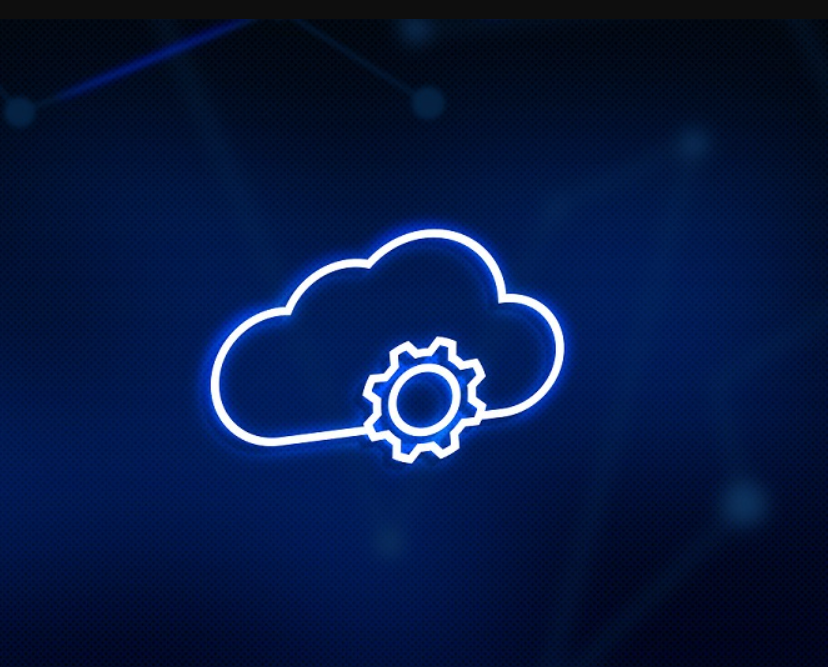Many modern companies find cloud tagging useful. Their IT departments tell them about it, and the company owners or operators quickly understand the benefits. However, you might have a situation sometimes where the owner or operator does not fully realize what cloud tagging can do. They may take some convincing in those instances.
We’ll discuss cloud tagging in detail in this article. Harnessing cloud tagging for cost governance and team accountability makes a lot of sense, and your business might be the next one to do it.
Understanding the Cloud and Cloud Tagging
First, let’s define the cloud. Cloud computing means you or your company utilizes a remote server network. You will find those servers on the internet rather than in a physical location that you must monitor for security. These remote servers process, manage, and store data, often in large amounts.
You can use the cloud if you have tons of data to manage, store, or process. You can also use a personal computer or local server, but that’s impractical with large companies. The more data you have, the more using the cloud makes sense.
As for cloud tagging, that means using the cloud and organizing it in a particular way. Generally, it involves putting your data into specific silos. You will usually assign your data key values. You can then sort it based on an infrastructure that makes the most sense.
How Do You Figure Out Your Cloud Tagging System?
No two cloud tagging systems look exactly identical. That’s because no two companies handle their business the same. Even if you have two real estate offices, for instance, they each probably do things their own way, even if they have the same basic goals.
Often, you will set up your cloud tagging system with your IT department’s input. You can tell them what you want, and they will put that system in place.
If you don’t have an IT department, you might have just one individual handling this task. As a company operator or owner, you should collaborate closely with this person to make sure they set up your cloud tagging in a way that helps you the most.
Can the Company that Offers You Cloud Computing Set Up Tagging for You?
You might even have the company that offers you cloud computing set up your tagging system. If you don’t have someone on staff who can do it, this move makes sense.
They will usually comply, though they might charge a fee for this task. You may also encounter a cloud computing entity sometimes that doesn’t offer this service. If so, you will need to find someone else who can do it for you.
Now, let’s talk about some of what cloud tagging can do for you in the modern business world.
Cost Governance
Most IT individuals agree that cloud computing helps you in myriad ways, but two benefits particularly stand out. Cost governance certainly matters in a business setting, so let’s discuss that benefit first.
When you set up cloud tagging, you’re categorizing information or data within your organization. This helps you find things easier, but it also helps you track your expenditures. With this setup, you can easily see what your organization spends in various areas.
You can probably see how this might help you. Let’s say you’re losing money. You need your company in the black, and you can only get there if you identify waste areas.
You can usually see those much easier if you implement cloud tagging. You can see how much money you spend in each department and how those costs break down.
With this information, you can make any organizational changes you see fit. Setting up cloud tagging might help you overhaul your business entity. Rethinking your strategy after creating a cloud tagging system might get your budget back under control.
Team Accountability
You can also get better team or even individual accountability through cloud tagging. Many times, if you’re losing money or not finding the success with your products and services you want, you won’t know who or what you can blame. If you’re not finding weak links, you can’t take the decisive action the situation requires.
With cloud tagging, you can hold individuals and departments accountable. If you see any cost anomalies, you can target them and see what’s happening in the area that’s not working correctly.
With cloud tagging, you can better enforce cost control policies. If you have a budget running amuck, you can easily solve that problem this way. If you find any department or person within your business who’s causing you trouble, you can either eliminate them or take whatever other corrective action seems best.
Who Needs Cloud Tagging?
Any business with cloud computing can at least consider cloud tagging. Often, one follows the other. Your company might put cloud computing in place, and you’ll consider cloud tagging next. It’s becoming more common and widely accepted.
Companies that don’t need cloud tagging might have very simple infrastructures. They may have very few departments and employees. If you have a small company, you may not need cloud tagging or even cloud computing in some instances.
If your company expands, though, it usually becomes more complex. You will likely retain more data with a larger and more diversified business entity. You’ll presumably have more employees and departments. When that happens, you’ll probably reach a point where cloud computing makes sense, and then cloud tagging might follow.
You may also have employees who resist cloud tagging sometimes. Frankly, that might happen with workers who prefer dodging accountability. Since cloud tagging makes everyone’s role clearer, not installing it might let someone keep working inefficiently.
Consider whether you need cloud computing and tagging. If you have a company that’s growing or you’re not handling your business finances very well, it can likely help you. You may find your life becomes a lot easier with this tool.














